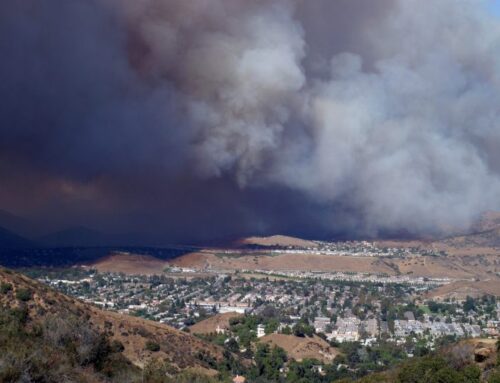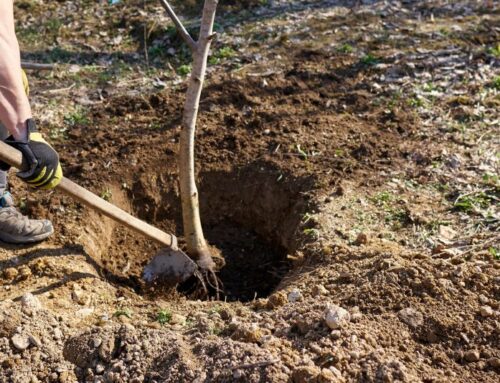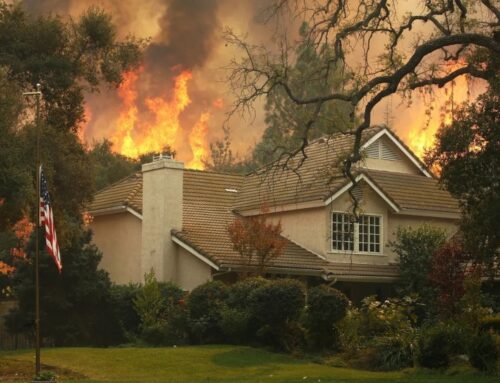Who doesn’t like green? It is the color of money, the color of the Shamrock and the color of Springtime. But best of all, it’s the color of the trees around my house. So when my trees are not green, I become blue. I love it when my trees look like the tree on the right and I hate it when they look like the tree on the left. Don’t get me wrong. I like the color of yellow. However, I prefer it in my sunshine and not in my trees.
So why isn’t my tree green? When chlorophyll is lacking in the leaf it becomes yellowish in color. Arborists call this effect Chlorosis. Chlorosis is a yellowing of leaf tissue due to a lack of chlorophyll.
Possible causes of chlorosis include poor drainage, damaged roots, compacted roots, high alkalinity, and nutrient deficiencies in the plant. Nutrient deficiencies may occur because there is an insufficient amount in the soil or because the nutrients are unavailable due to a high pH (alkaline soil) or the nutrients may not be absorbed due to injured roots or poor root growth.
Now before you get all stressed out, let me assure you that there’s a solution and a way to get your tree green again.
The lack of iron is one of the more common nutrients associated with chlorosis. Manganese, zinc or nitrogen deficiencies in the plant will also cause chlorosis. The way to separate an iron deficiency from a zinc or manganese or nitrogen deficiency is to check what foliage turned chlorotic first.
In iron deficient leaves, the veins remain dark while the surrounding tissue turns light green to yellow.
Manganese deficient trees have symptoms similar to iron deficiency. Leaves in trees appear yellow with green veins.
Nitrogen deficient trees and shrubs exhibit a uniform yellowing of leaves. Leaves may also have more pronounced fall color, premature leaf drop, and the tree may develop small premature fruit.
Chlorophyll gives leaves their green color and is necessary for the plant to produce the food it needs for its own growth. Iron is also necessary for many enzyme functions that manage plant metabolism and respiration.
The treatment can be as easy as applying fertilizer to your trees or mulching the soil. What needs to happen first is to determine why chlorosis is effecting your trees. As stated earlier, chlorosis can have complex causes but fortunately there are simple cures. Call your arborist and have him/her test your tree and your soil. Then with the right prescription and treatment, you can have the color of green all around you!





